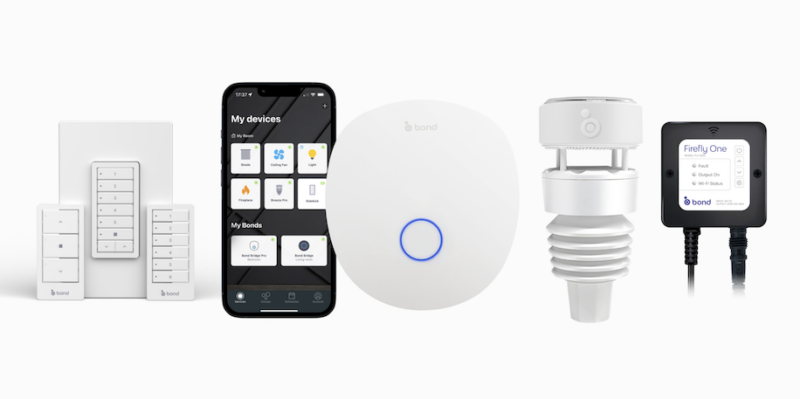Content Marketing Automation for AVL Industry
 Is selling into the house of worship market about more and better leads or about better follow-up to existing clients? The answer is ‘yes;’ the better question is ‘How?’ to get both.
Is selling into the house of worship market about more and better leads or about better follow-up to existing clients? The answer is ‘yes;’ the better question is ‘How?’ to get both.
Content marketing automation is not new, but it has grown up. The digital sales pipeline represents a huge opportunity for getting more leads, better contact information, and a more qualified buyer profile well before a salesperson ever gets involved in the process. As ‘googling’ has been the first point of entry and the go-to option for buyers to whittle down the competition without ever talking to a vendor, the digital landscape of the web has changed the game — permanently — for the Audio, Video and Lighting (AVL) market.
Content Marketing Automation
The marketing software industry has grown exponentially with the rise of Google and the internet as a whole. By leveraging the very tools buyers use to research purchases, web browsers, these marketing software companies have given rise to what started as simply streamlining inbound lead capturing but rapidly progressed to full-blown automation tools with sophisticated data mining, trend analysis, database integration and content management juggernauts. Companies that lead in this have been gobbled up by bigger companies such as Salesforce.com, or simply grown through investors who want to reap the profits from the exponential growth of this market. The shift from merely capturing information to automating the entire pre-sales, sales and post-sales process through software has created content marketing automation tools such as (alphabetically listed) includes key players Hubspot, InfusionSoft, Marketo and the Salesforce Marketing Cloud, which includes the purchase of ExactTarget (email marketing tool), and Pardot (content marketing automation).
Here’s how it works: by leveraging tools that include built-in website landing pages, browser cookies, content management and form management, your firm can take advantage of the Google effect on buyers by offering exactly what they’re looking for and capturing information about prospects along the way. Over time, and through the use of advanced rules and automation baked-in to these software packages, you will be able to acquire more leads, automatically pre-qualify them, and send leads that fit certain criteria you’ve pre-selected right to your sales team members.

The beauty is in the simplicity of automation: no longer does your marketing team need to manage emails, promotions, website content updates and lead form data in disparate systems; it’s all done for you. But before this sounds too-good-to-be-true, the caveat is two-fold: you’re going to need to have your team shift to doing these things through one of these unified systems and they’re going to have to become masters of continuous content creation.
That’s A Lot of Content to Create
It’s likely that your firm has a few key members focused on creating the press releases, product announcements, email newsletters, website content updates, and tradeshow circuit propaganda. This is going to change their world, and likely require a much larger investment in marketing than what has been spent by many AVL manufacturers, consultants, and systems integrators, but it’s hard to put a value on more, better quality leads.
The key to content marketing automation is not in these impressive software tools; it’s in the content itself. One of the most significant differences between pure email marketing and content marketing automation is in the content itself. For email, your team only has to create a little bit of content whenever a new email needs to go out to a list of prospects and/or existing clients. With content marketing automation, the very thing that drives leads to your site and to your ads is great content. As a result, there will be an as-never-before-seen focus on crafting compelling content. And rather than the one-offs of product pitches, what content marketing automation forces you to do is build unified content campaigns that can span as wide as they are deep.
Great content will, and should, come from multiple places and be created on multiple mediums: articles, product pieces, how-to videos, persona-based mini stories, client user cases, proof of concept videos, technical documentation and press releases — they’re all part of the same story arc. This isn’t the marketing of old where new one-page slicks are printed out days before the next trade show; it’s the new way of marketing.
Meet Buyers On Their Journey
Put simply, content marketing automation is a mix of technology and tactics aligned to create a single view on both customers and prospects, and to be where customers are at any given time in their lifecycle through a customer-centric, content-focused story arc. This is how we engage users face-to-face, too, by building rapport, sharing helpful information, surprising them with unrealized potential, and offering them a stake in their own future through the leveraging of technology. Here, we’re simply digitally engaging them along their journey from discovery to research to acquisition.
Your marketing team members are freed from mundane, repeatable tasks, which makes them available for higher value strategic and creative tasks that aid in the development of better-qualified lead pipelines. Frankly, the shift for the salesperson may be the biggest motivator for your firm to take this digital deep dive, as every good salesperson knows that quality leads, delivered at the right time, and armed with the right motivators of the prospect are what they want to increase their close rates. And when software forces an organizational shift to more intentional pre-sales work, the entire organization benefits.
I’ve now integrated content marketing automation into two firms I’ve worked for, and the results were dramatic in the exponential increase in leads and the quality of the leads overall. The work, however, was intense and took months just to get put in place. But the reason I’ve done it twice is because I can do far more with this kind of software working for me than I ever could using Google Analytics and email tools myself.
My experiences have led me to share this with the AVL industry because I still see a massive disconnect between the incredible technology being advanced year-over-year and the shockingly disappointing product and vendor websites. It’s time that the same kind of focus and intentionality that goes into creating world-class products went into helping buyers discover, self-identify, and purchase with greater confidence than ever before.
I know the church market is looking for just this kind of help. Will your firm take the digital dive into content marketing automation?
Share your views and opinions in the comments below.





